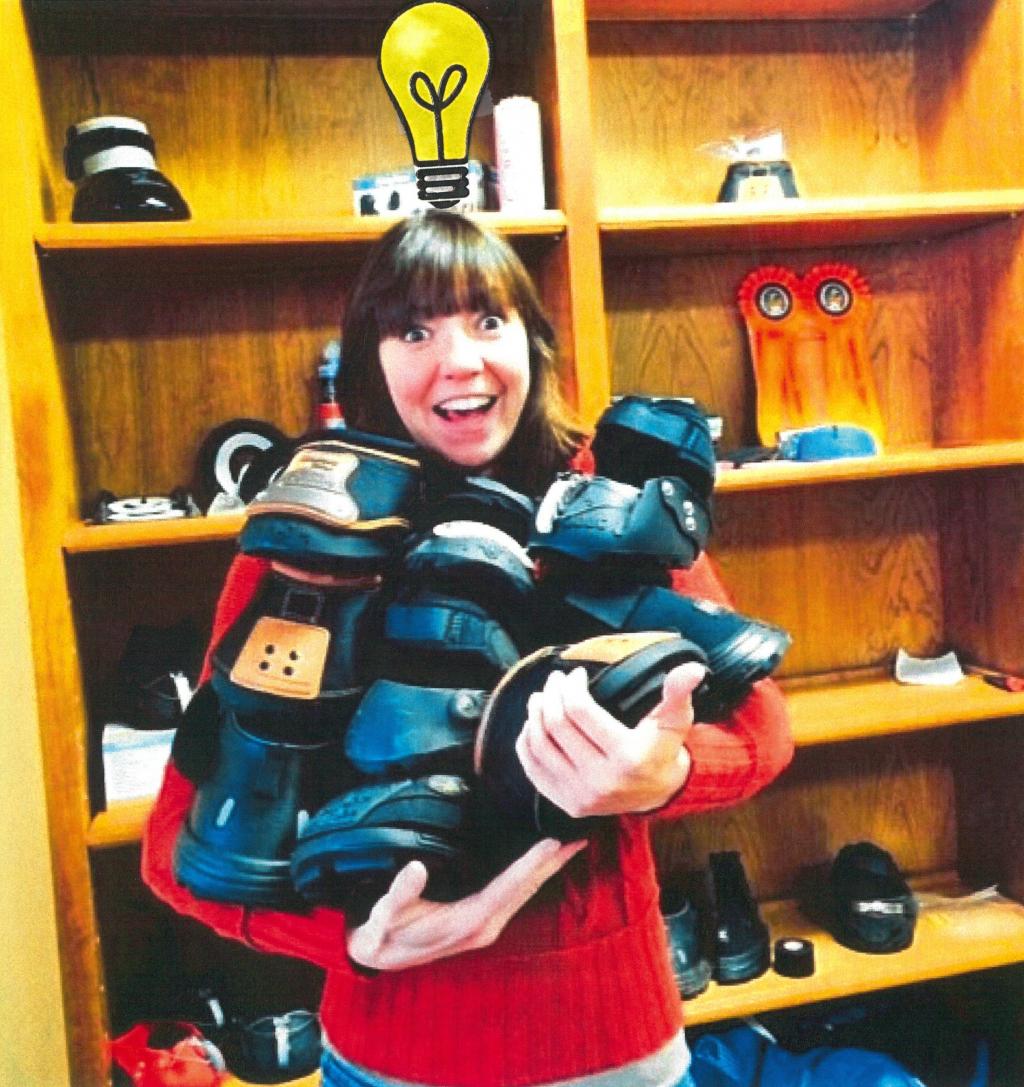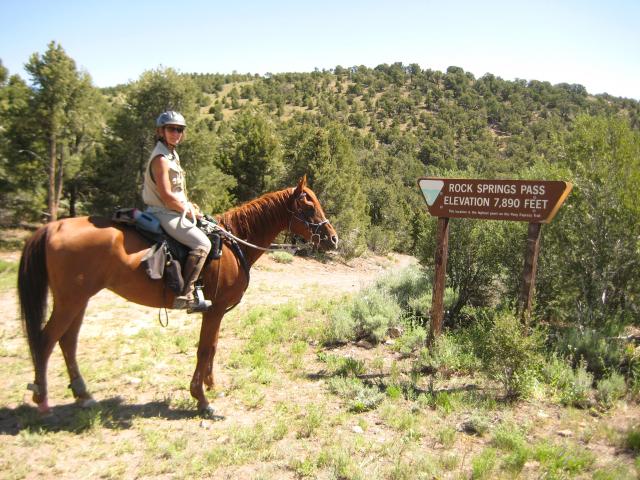Most of us prepare for anything when we’re getting ready to travel somewhere. In 2014, I made six 1,700 mile trips by car and took three airplane rides. I have seen people at airports in heeled shoes and squished toes. Unless I’ve got a really good reason to be dressed up, I’m in leggings, comfortable shoes and layers of tops. You never know if you’ll have a toe run over by one of the shuttle carts, or need to sprint to a connecting flight because your first plane left late.
Travel for our horses is stressful and tiring, too. They’re taken away from their pasture mates and they’re exposed to changes in environment, feed times, and water availability. We should do everything we can to help make the trip as relaxed as possible.

Providing water every two to three hours, and feeding dampened hay rather than dusty, dry hay is important. Every four to six hours, take your horses out of the trailer and walk them around for exercise. This is a good time to clean out any trailer dookie-doop-droops that have accumulated over the miles. For additional information on checklist items when traveling, visit this page.
When packing the truck and trailer for a ride, there are so many things to think about. “I’ve got five bales. So if I feed two flakes three times each day during travel and three flakes twice each day when we get there then I’ll have enough for… Wait, how many flakes are in these bales?”
An often-overlooked consideration when traveling with our horses is their need for stability and concussion absorption. Taking a horse from soft ground and placing them in a hard-floored trailer already causes a bit of discomfort. Add the bumps from the road and now we are really shaking some stuff up for our horse. Don’t forget the swaying curves, leaning accelerations, and jolting stops.
We can drive as gently and carefully as possible with a horse behind us, but stress on the ligaments, tendons, and muscles will still exist as the horse tries to balance and support himself. Wouldn’t it be nice if our horse fit into our most supportive, comfy tennis shoes?

Boots!
Not shipping boots; these only protect the horse superficially (which is also important), but hoof boots. They’re like sneakers for equines and many Easyboot styles can be used over shoes. The bases are made up of thermoplastic polyurethane (TPU), which is a proven shock and concussion absorber. TPU makes up several of our human sport shoe soles. The traction provided by TPU in collaboration with the tread patterns of Easyboots provides stability.
Your horse will exit the trailer with more mobility and less muscle fatigue during and at after the trip. This shortens the recovery time needed after a long drive and eases discomfort for your horse by providing natural support. With more energy, he will likely take to food and water more keenly and the overall trip experience will not daunt him as much for future road trips.

For more information on which Easyboots would be best for your trailering needs, please contact us. We look forward to hearing from you.
Mariah Reeves

Customer Service
As one of the customer service representatives, I am happy to help get your horse into the right boots. I promote holistic methods of equine care and will assist you with finding the perfect fit for horse and rider.





